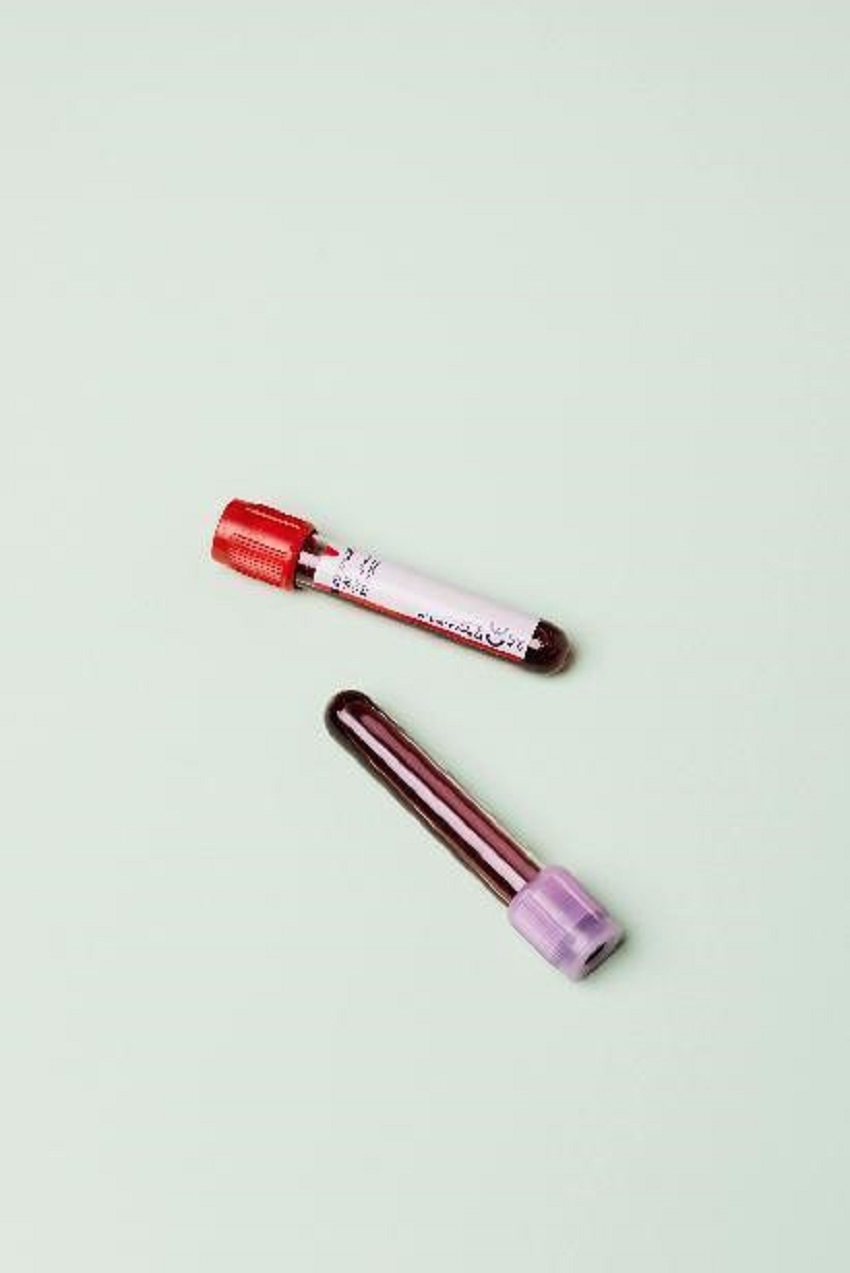Hello! I'm delighted to provide you with exclusive one-on-one consultation.
How can I assist you?
What is the process and cost of egg freezing?


When it comes to blastocyst transfer and implantation issues, many would - be parents are confused. After all, this process involves complex reproductive science, especially for families who have chosen assisted reproductive technology. After blastocyst transfer, there is usually a waiting period, during which many people may wonder: If there is no feeling 5 days after transfer, does it mean the blastocyst has died? How should we actually understand the implantation problem after blastocyst transfer?
In assisted reproductive technology, the implantation time after blastocyst transfer varies from person to person. Generally, the blastocyst will implant within 6 to 10 days after transfer. If there are no obvious signs of implantation within 5 days, it doesn't necessarily mean the blastocyst has died. Each woman's body reacts differently, and the implantation time may also vary. Some women may need more time to complete the implantation process, and they may even experience a situation with no obvious symptoms.
For most women, the early symptoms of pregnancy may not be obvious after blastocyst transfer. Although the body may have some mild reactions, such as breast tenderness, fatigue, or indigestion, these symptoms are usually rather weak and may not be noticeable in the early stage. Therefore, if there are no symptoms 5 days later, there is no need to worry too much. This is because the obvious symptoms of pregnancy often gradually appear in the later stages of pregnancy.
The implantation time after blastocyst transfer is not only affected by the quality of the embryo but also closely related to factors such as the woman's physical condition and the uterine environment. Even if there are no obvious implantation symptoms in the early stage after transfer, there is still a possibility of successful pregnancy. Therefore, if you don't feel any changes immediately, the most important thing is to be patient and follow up according to the doctor's advice.
In many cases, the key to successful pregnancy lies in the quality of the embryo and the woman's physical condition. Through the IVF - PGT technology in the United States, many families have overcome the problem of infertility. The egg - freezing technology enables women to store high - quality eggs at a suitable age, providing a guarantee for future pregnancy.
The waiting period after blastocyst transfer is a challenging but also hopeful process. The absence of implantation symptoms 5 days after transfer does not mean failure. It is crucial to maintain a positive attitude and patience. Generally, if the blastocyst does not implant within 10 days after transfer, it may die. This is because under normal circumstances, implantation usually occurs within about 6 to 10 days after transfer. However, everyone's body and situation are different, so the implantation time may vary. Some people may need more time, while others may experience implantation in a shorter period.

Currently, IVF USA provides services such as egg freezing in the United States, IVF - PGT in the United States, etc. for those in need. Its business has expanded to regions outside the United States, including IVF - PGT and egg freezing in Japan, IVF - PGT and egg freezing in Thailand, as well as Taiwan, Hong Kong, and other regions. It cooperates closely with IVF doctors around the world. If you are facing fertility challenges, the professional support provided by IVF USA and Dr. Nathan Zhang will help you increase your chances of pregnancy and ensure the entire process is smooth and safe.


Online Customer Service

In-Vitro Fertilization (IVF)

Female Egg Freezing

Fertility Assessment

Scan for Consultation

Back to Top